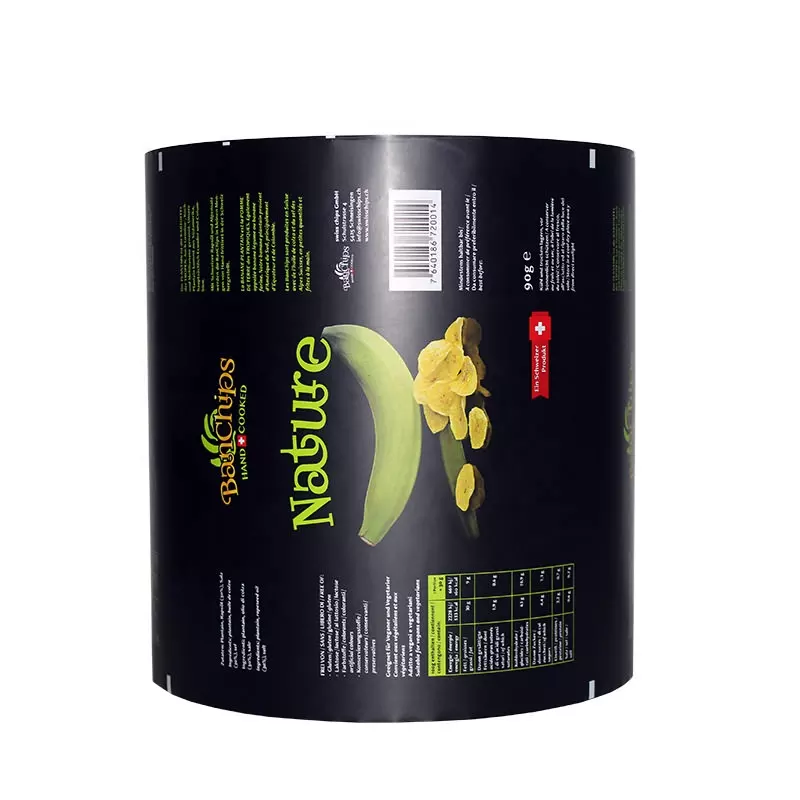- Afrikaans
- Albanian
- Amharic
- Arabic
- Armenian
- Azerbaijani
- Basque
- Belarusian
- Bengali
- Bosnian
- Bulgarian
- Catalan
- Cebuano
- chinese_simplified
- chinese_traditional
- Corsican
- Croatian
- Czech
- Danish
- Dutch
- English
- Esperanto
- Estonian
- Finnish
- French
- Frisian
- Galician
- Georgian
- German
- Greek
- Gujarati
- haitian_creole
- hausa
- hawaiian
- Hebrew
- Hindi
- Miao
- Hungarian
- Icelandic
- igbo
- Indonesian
- irish
- Italian
- Japanese
- Javanese
- Kannada
- kazakh
- Khmer
- Rwandese
- Korean
- Kurdish
- Kyrgyz
- Lao
- Latin
- Latvian
- Lithuanian
- Luxembourgish
- Macedonian
- Malgashi
- Malay
- Malayalam
- Maltese
- Maori
- Marathi
- Mongolian
- Myanmar
- Nepali
- Norwegian
- Norwegian
- Occitan
- Pashto
- Persian
- Polish
- Portuguese
- Punjabi
- Romanian
- Russian
- Samoan
- scottish-gaelic
- Serbian
- Sesotho
- Shona
- Sindhi
- Sinhala
- Slovak
- Slovenian
- Somali
- Spanish
- Sundanese
- Swahili
- Swedish
- Tagalog
- Tajik
- Tamil
- Tatar
- Telugu
- Thai
- Turkish
- Turkmen
- Ukrainian
- Urdu
- Uighur
- Uzbek
- Vietnamese
- Welsh
- Bantu
- Yiddish
- Yoruba
- Zulu
Alternative Uses for Plastic Trays in Home Organization and Storage
The Versatile World of Plastic Trays Utility and Innovation
Plastic trays have become an integral part of our daily lives, finding their way into various sectors and applications. Whether in households, industries, hospitals, or educational institutions, these lightweight and durable containers serve a multitude of purposes, making them a staple in modern society. In this article, we will explore the diverse uses of plastic trays, the benefits they offer, and their impact on sustainability.
Multiple Applications
One of the most significant advantages of plastic trays is their versatility. In the food service industry, plastic trays are essential for transporting meals in cafeterias, restaurants, and catering services. Their design allows for easy stacking, which helps save space in storage and during transportation. Additionally, plastic trays are often used in fast-food chains for serving meals, offering a convenient solution for both customers and service providers.
Beyond the food industry, plastic trays are invaluable in healthcare settings. Hospitals use them to deliver meals to patients, ensuring food safety and hygiene. Their non-porous surface allows for easy cleaning and sanitization, making them ideal for environments where cleanliness is paramount. Similarly, educational institutions utilize plastic trays for serving lunches to students, promoting efficiency in transitioning between class schedules and meal times.
Moreover, plastic trays have found a place in horticulture and gardening. Nursery trays are designed to support plant growth, providing the necessary drainage and space for seedlings. These trays are often made from recycled materials, promoting sustainable practices within the agricultural sector.
Benefits of Plastic Trays
The appeal of plastic trays stems from several key benefits. Firstly, their lightweight nature makes them easy to handle, reducing user fatigue during transportation. This feature is particularly advantageous in busy environments such as kitchens and hospitals, where staff members often need to move multiple trays simultaneously.
plastic tray

Secondly, plastic trays are durable and resistant to damage. Unlike their paper or cardboard counterparts, which can become soggy or weak when exposed to moisture, plastic trays maintain their structural integrity. This characteristic ensures that they can be reused multiple times, promoting a cost-effective approach for businesses.
Another significant benefit is the customization potential. Plastic trays can be manufactured in various sizes, shapes, and colors, catering to specific needs and branding requirements. Whether it’s a bright-colored tray for children’s meals or a sleek, black tray for upscale catering events, this versatility allows businesses to enhance their service appeal.
The Sustainability Factor
As the world becomes increasingly aware of environmental issues, the production and disposal of plastic products have come under scrutiny. However, advancements in technology and recycling processes have led to the development of more sustainable plastic trays. Many manufacturers now produce trays from recycled materials, effectively reducing waste and promoting circular economy principles.
Furthermore, some companies are investing in biodegradable plastics, which decompose more readily than traditional plastics. These innovations aim to reduce the environmental footprint associated with plastic use, offering eco-friendly alternatives without sacrificing functionality.
Additionally, the longevity of plastic trays contributes to sustainability. Their durability means they can endure repeated uses, thereby reducing the need for frequent replacements compared to disposable options made from materials like foam or paper. This not only saves resources but also minimizes waste generated in landfills.
Conclusion
In conclusion, plastic trays exemplify how a simple product can have a profound impact across various sectors. Their versatility, durability, and customization options make them indispensable in settings ranging from food service to healthcare and beyond. As sustainability becomes a cornerstone of consumer choices, innovations in eco-friendly materials will further enhance the appeal of plastic trays. Companies must continue to embrace these advancements to meet the dual demands of quality service and environmental responsibility. Ultimately, the plastic tray stands as a testament to the balance of functionality and innovation in the modern world.













